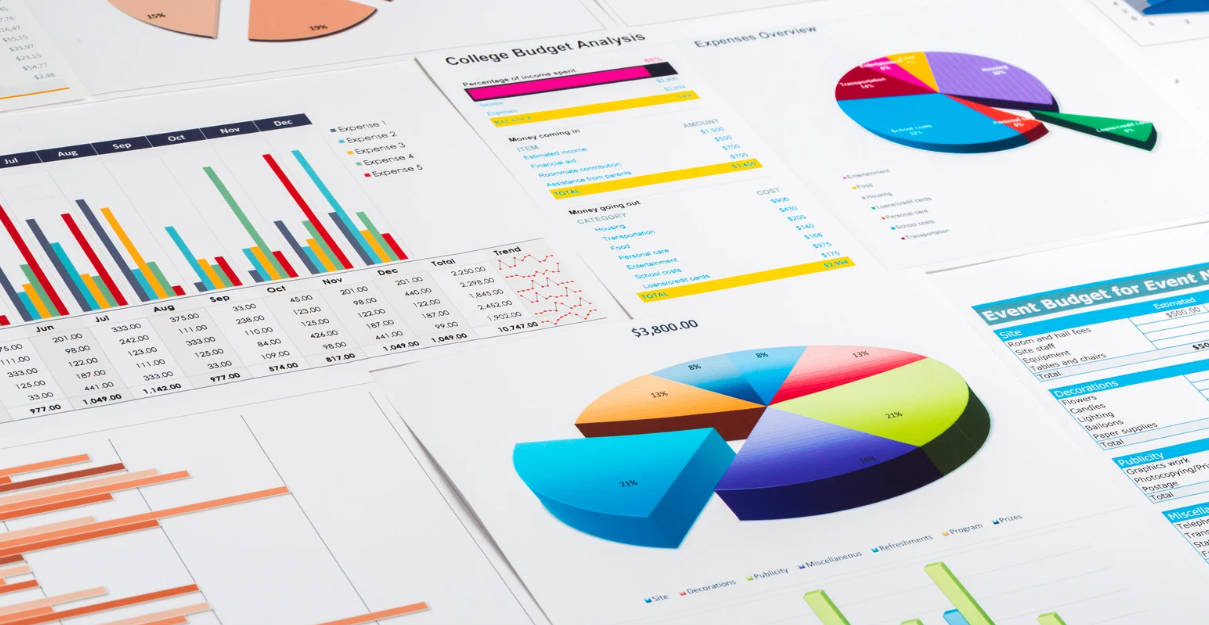In Brief

Distributors are sitting on a pile of data: transaction histories, supplier records, product details, customer behavior.
But in too many cases, that data is buried in outdated systems, locked in spreadsheets, or scattered across disconnected platforms. The result is delayed decision-making, unreliable reporting, and missed opportunities.
This is what a modern data platform is built to fix. A modern data platform gives distributors’ teams better access to data so they can do their jobs more effectively. The return on modernizing your data platform is real and measurable.

In many cases, distributors’ systems were built years ago for a narrow purpose, typically financial reporting. They weren’t designed to support pricing analysis, demand forecasting, or AI-powered tools.
Even when these systems exist, they’re often hard to maintain, limited in scope, and accessible only to a handful of people. Companies using only SQL Server miss out on the flexibility of newer tools and environments. That slows down the business and keeps decision-making bottlenecked in IT or finance.
Some distributors try to live with their existing systems, sometimes with workarounds. But frustration, inefficiency, and missed insights still result.
The good news is that teams no longer have to rely on outdated tools or manual exports. A modern data platform centralizes data to make it easier to work with. That includes:
A modern data platform supports new use cases such as identifying pricing opportunities, powering recommendation engines, or giving sales reps direct access to customer data across channels.

The return on a modern data platform shows up in practical ways:

Modern data platforms don’t deliver ROI on their own. The real wins come when distributors can tap into ROI from pricing, forecasting, AI initiatives, and more.
Here are some examples:
Pricing optimization: Distributors can identify underperforming SKUs, compare margins, and adjust pricing strategies based on real-time data. Clean, centralized data makes it possible to spot patterns and opportunities that would otherwise be buried.
Rebate program management: Many rebate programs are complex and difficult to track. A modern platform allows teams to match purchases to rebate terms, accurately calculate earnings, and identify missed opportunities or underclaimed incentives.
Customer record matching and master data cleanup: Mergers, legacy systems, and manual data entry can create a mess of duplicate and mismatched records. A modern platform enables record matching and entity resolution at scale, making it easier to get a single view of the customer.
Self-service analytics: Sales reps can access up-to-date customer information, order history, and inventory levels without waiting for reports from IT. They can explore data and answer questions in real time.
Product data normalization: Launching or expanding ecommerce efforts requires standardized product names, categories, specs, and images. A data platform supports this by centralizing and enriching product information.
AI and knowledge base development: AI needs a clean and trustworthy data foundation.. A modern data platform allows distributors to store and retrieve structured and unstructured data so these tools can access and work with it.
Forecasting and demand planning: With historical sales data, supplier lead times, seasonality, and other inputs in one place, distributors can run more accurate forecasts. This leads to smarter purchasing, better inventory positioning, and fewer stockouts or overstocks.

One approach is to start small: Prioritize a high-value use case, like customer record matching and customer master cleanup. From there, a broader platform can grow around that win.
This phased approach lowers risk, reduces upfront cost, and builds internal buy-in. It also shows value early, which makes future investments easier to justify.
Distributors that lead with data make better decisions, move faster, and serve customers more effectively. For distributors ready to take the next step, the ROI is there.
That said, building and maintaining a data platform takes time, talent, and the right tools. Most internal IT teams are already stretched thin. Working with a partner like ProfitOptics can speed things up. The right partner brings not only technical expertise but also industry knowledge. Get in touch today.

